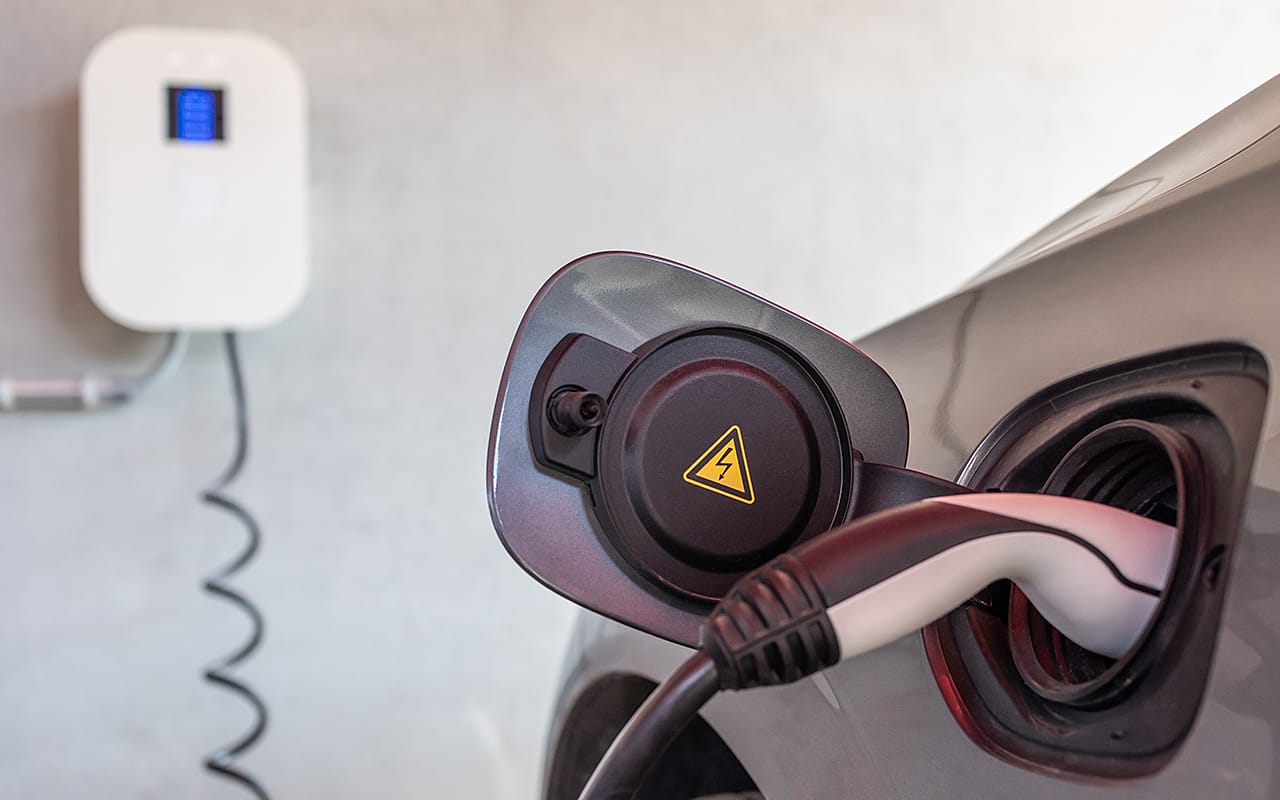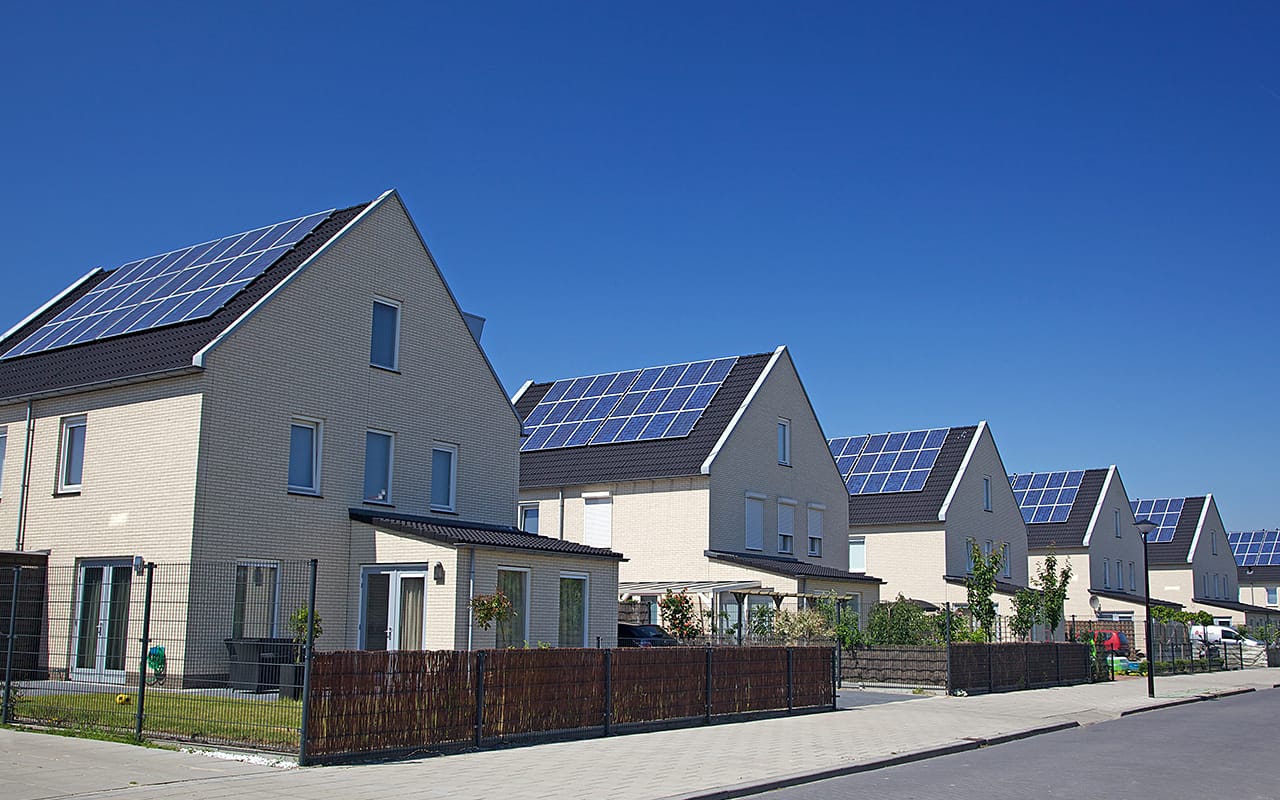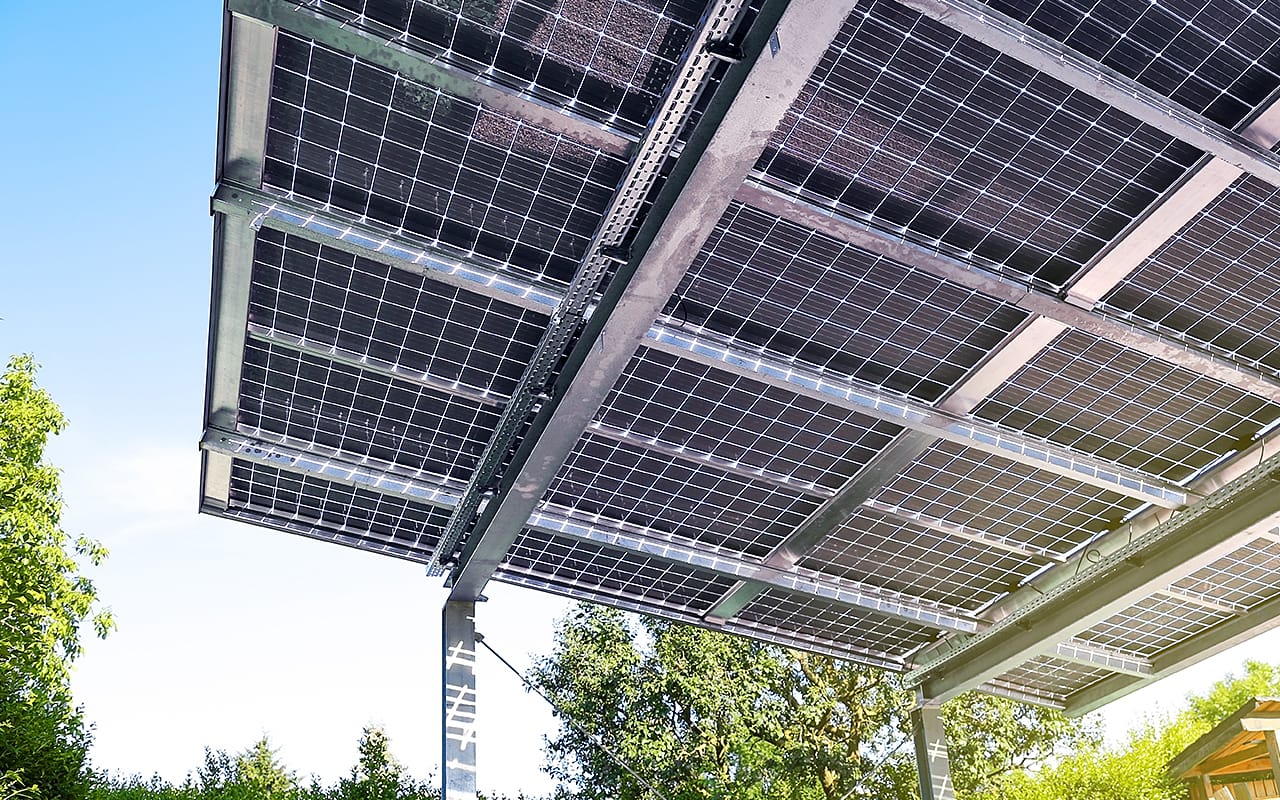Photovoltaics Costs & Efficiency

Anyone planning to install a photovoltaic system cannot avoid calculating the photovoltaic costs in advance. Even if the system is purchased as a complete package, there are photovoltaic costs that need to be taken into account.
What costs are incurred when building a photovoltaic system?
- The solar modules
- The inverter
- The installation of the photovoltaic system (PV)
- If applicable, the PV memory
- The operating costs, which include maintenance, insurance and meter costs
- Optional: The replacement of the meter cabinet
Factors for the amortisation of the PV plant
How quickly these photovoltaic costs pay for themselves can also be calculated, namely based on the following factors:
- The conditions on site (roof shape, access to the roof, roof covering and others).
- The cell type of the solar cell (mono- or polycrystalline or thin-film module)
- The brand of the inverter and the solar modules
- The additional costs for the grid connection, if any
Size of the PV plant
An important factor for the general photovoltaic costs is, of course, the size of the PV system. The dimensions that make sense can be calculated comparatively precisely if the size is not limited by the area of the roof anyway.
Sensible financing
Those who want to save on electricity costs often think about installing a photovoltaic system. However, the costs should not be neglected in this consideration. Depending on how the electricity price develops, the investment may pay off sooner or a little later. For this reason, it is important for every interested party to pay attention to sensible financing for the photovoltaic costs in advance.
- KfW funding programmes: KfW Bank supports interested parties in reducing photovoltaic costs through financing. It is applied for directly from the bank and can also be combined with the funding programme for electric cars.
- Private banks: Investment grants and loans for PV facilities are also provided by private banks. In some cases, more favourable conditions are offered compared to KfW Bank.
- Regional funding programmes: In some municipalities or cities, renovation projects and renewable energies are promoted. Such funding can be used to reduce photovoltaic costs in a targeted manner.
The photovoltaic costs of individual positions
When buying a PV system, the most important cost factors should always be kept in mind. These include the following points.
- Photovoltaic modules: Inexpensive modules with an output of between 300 and 350 watts cost about 160 to 230 euros. A seven kilowatt peak system should therefore be calculated at around 4,000 euros, which is incurred exclusively for the photovoltaic modules.
- Power optimiser: For temporary shading, a power optimiser is worthwhile, which costs around 60 euros.
- Inverter: The cost of an inverter is between 1,200 and 2,500 euros. Despite the cost, it makes sense because it helps keep conversion losses low.
- Mounting system: The cost of a mounting system depends on the size of the system and the mounting system. The price is usually between 500 and 1,300 euros, whereby the system for in-roof mounting tends to be more expensive.
- Electricity storage: If you want to take advantage of an electricity storage unit, you should expect additional photovoltaic costs of 4,000 to 13,000 euros, depending on the variant.
- Smart Meter: For small PV systems, the smart meter costs about 300 euros. However, since it increases self-consumption, this investment pays off.
- Assembly and installation: How much a company charges for electrical installation and module assembly depends on the conditions on site. The size of the system also has an influence. The electrical installation usually costs between 800 and 1,000 euros, the assembly 800 to 2,000 euros.
The economic efficiency of photovoltaic systems
Due to the numerous factors, it makes sense to estimate the photovoltaic costs at several thousand euros. The price of the solar modules themselves has no influence on the other costs. Therefore, it is rarely worthwhile to save on the photovoltaic modules. After all, they are the central element of the system and should be used as efficiently as possible to generate energy. For this reason, from an economic point of view, it makes sense to choose higher-priced modules. In this way, a secure yield can be expected in the long term. It is important that the system guarantees a long service life and consistently achieves a constant yield or even an additional yield. In this way, the electricity production costs can also be kept low in the long term.
Calculation of the economic efficiency of photovoltaics
Anyone who takes a look at the photovoltaic costs will realise that it makes sense to calculate the economic efficiency in advance. However, this is not a simple task, because there are numerous influencing factors that affect the profitability of the system. Nevertheless, it is important to find out from which year or point in time a profit can be expected.
The following costs should be included in the calculation of economic viability, taking into account the photovoltaic costs:
- The initial photovoltaic costs
- The regular operating and maintenance costs
- The cost of financing
- Inflation and the interest rate
- The feed-in and self-consumption quantity
- The energy price increase rate
Thelast two factors in particular are subject to uncertainties and can therefore lead to the result of the calculation turning out differently than expected. Nevertheless, they naturally have a great influence on how the economic efficiency actually develops and from when the system is profitable. Because of these uncertainties, an exact calculation is not only difficult, but hardly possible. Although the photovoltaic costs remain constant, provided they are accounted for as an own investment, the future development of interest rates can also have a negative impact on long term contracts.
About the author
TRITEC has specialised in the generation of solar power through photovoltaics for over 34 years. We are active worldwide in both photovoltaic wholesale and large-scale plant construction. In addition to our proven PV mounting system, we also offer our own intelligent system solutions for the planning, design and performance control of photovoltaic systems, as well as branded products from leading photovoltaic manufacturers.




